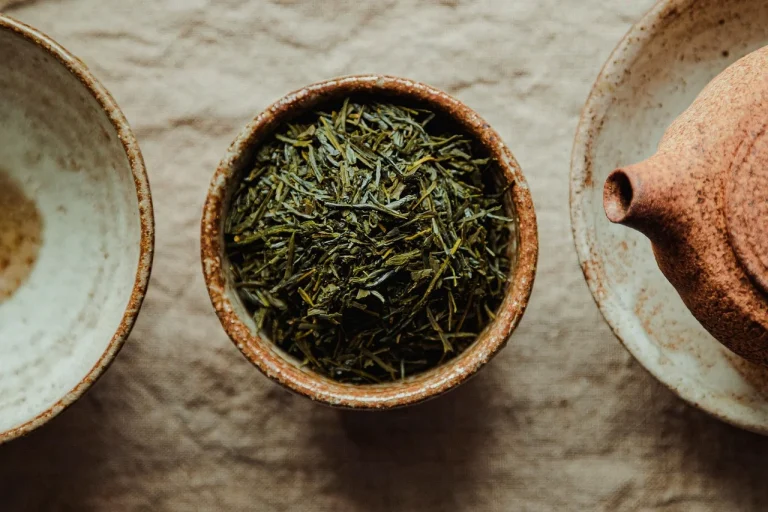Why Folk Tinctures Deserve a Place in Your Natural Medicine Cabinet
Imagine holding a tiny glass bottle filled with the concentrated essence of a powerful healing herb—something you made with your own hands. That’s exactly what a folk tincture is: simple, effective, and deeply rooted in nature. Long before modern pharmacies, people like you relied on tinctures to support immunity, relieve pain, and calm the mind.

If you’re on a journey toward self-reliance, holistic healing, or reducing your reliance on synthetic drugs, learning how to make folk tinctures is a step worth taking. Not only are they incredibly easy to make, but they also reconnect you to generations of herbal wisdom that still works today. Let’s walk through everything you need to get started.
What Is a Folk Tincture?
Understanding the Basics
A folk tincture is a liquid herbal extract made by soaking plant materials—leaves, roots, flowers, or bark—in alcohol (or sometimes glycerin). This process pulls out the beneficial compounds and concentrates them into a potent form that you can easily take in small doses.
Tinctures are beloved in herbal traditions for many reasons:
-
Long shelf life (usually 2–5 years)
-
Fast absorption when taken under the tongue
-
Customizable to your specific health needs
Why Use the Folk Method?
The folk method stands out for its simplicity. Unlike scientific or standardized methods that rely on measurements, the folk approach invites you to trust your senses and build a personal relationship with herbs. It’s intuitive, practical, and empowering—perfect for beginners.
Supplies and Ingredients You Need to Get Started
Before you begin, gather the right tools and ingredients. Most of these you may already have at home.

Tools and Equipment
-
Clean glass jars (mason or amber)
-
Cheesecloth or fine mesh strainer
-
Funnel
-
Dropper bottles for finished tinctures
-
Labels and markers
Choosing the Right Ingredients
When selecting herbs and alcohol, quality matters. Always opt for organic herbs (either dried or fresh) and high-proof alcohol like vodka or brandy.
Suggested Ingredients Table
| Herb | Use Case | Recommended Alcohol % | Notes |
|---|---|---|---|
| Echinacea | Immune booster | 50–60% | Use dried root or aerial parts |
| Peppermint | Digestion aid | 40–50% | Fresh leaves work best |
| Valerian | Sleep and anxiety relief | 70%+ | Strong, use sparingly |
| Elderberries | Cold/flu prevention | 40–50% | Combine with ginger or cloves |
How to Make Folk Tinctures – Step-by-Step Instructions
You don’t need a degree in herbalism to make tinctures. The folk method is straightforward, forgiving, and deeply satisfying.

Step-by-Step Process
-
Prepare the herbs
-
Chop fresh herbs or crush dried herbs to expose more surface area.
-
-
Fill your jar
-
Fill your jar halfway with dried herbs or fully with fresh herbs.
-
-
Add your alcohol
-
Pour alcohol over the herbs until completely covered (leave 1 inch at the top).
-
-
Seal and shake
-
Close the jar tightly and shake gently to mix.
-
-
Steep
-
Store in a cool, dark place. Shake once daily for 4–6 weeks.
-
-
Strain and bottle
-
Use cheesecloth to strain the tincture into a clean container. Transfer to dropper bottles and label.
-
Important Tips
-
Label everything: Include date, herb name, and alcohol used.
-
Avoid sunlight: It breaks down medicinal compounds.
-
Don’t rush the process: Let the herbs fully infuse.
Dosage, Storage, and Usage Tips

How to Use Tinctures Safely
Most tinctures are taken in small amounts, often just a few drops to a full dropper (about 30–40 drops).
-
Take under the tongue for fast absorption
-
Add to water or tea for gentler taste
-
Follow guidelines based on the herb’s potency and your health needs
Storage Best Practices
-
Store in dark glass bottles
-
Keep in a cool, dark cabinet
-
Use within 2–5 years for optimal potency
Popular Folk Tincture Recipes You Can Make at Home
If you’re unsure where to begin, try one of these beginner-friendly formulas.
1. Immune-Boosting Tincture
Ingredients: Echinacea, elderberries, ginger root
Uses: Helps ward off colds and flu
How to take: 1 dropper 2–3x per day during illness
2. Herbal Calm Blend
Ingredients: Valerian root, chamomile, lemon balm
Uses: Reduces stress and promotes restful sleep
How to take: 1–2 droppers before bed
3. Digestive Bitters
Ingredients: Dandelion root, peppermint, ginger
Uses: Eases indigestion, stimulates appetite
How to take: 10–20 drops 15 minutes before meals
Recipe Table
| Name | Key Herbs | Purpose | Suggested Dose |
|---|---|---|---|
| Immune Tincture | Echinacea, Elderberry, Ginger | Cold/flu prevention | 1 dropperful 3x/day |
| Sleep Tonic | Valerian, Lemon Balm, Chamomile | Sleep, stress relief | 1 dropper before bed |
| Digestive Bitters | Dandelion, Peppermint, Ginger | Digestion, bloating | 10–20 drops pre-meal |
🌿 Want to go even deeper into traditional healing?
Medicinal Garden Kit reveals 126 ancient remedies and forgotten recipes that kept generations healthy—long before pharmacies existed. It’s the perfect resource for anyone building a folk apothecary.
Safety Guidelines and Herbal Considerations
Herbs are powerful tools, but they must be used responsibly.
When to Avoid or Use Caution
-
Pregnancy/Breastfeeding: Avoid valerian, wormwood, and comfrey
-
Medication interactions: St. John’s Wort may affect antidepressants
-
Allergies: Always test new herbs in small amounts
Research and Resources
-
Books: The Herbal Medicine-Maker’s Handbook, Herbal Recipes for Vibrant Health
-
Trusted blogs: Herbal Academy, Learning Herbs
-
Online databases: PubMed for scientific studies on herb efficacy
✅ Recommended Resource: The Lost Superfoods
If you’re excited about making your own tinctures and embracing natural healing, Medicinal Garden Kit is your next essential step.
Inside you’ll find:
-
126 survival remedies and plant-based healing formulas
-
Herbal preparation tips, storage methods, and field-tested cures
-
Step-by-step instructions for turning common plants into long-lasting medicine
It’s more than a guide—it’s your gateway to self-reliant health, rooted in ancestral knowledge.
👉 Medicinal Garden Kit and build your natural medicine cabinet with confidence.
FAQ – How to Make Folk Tinctures
What is the simplest tincture to start with?
Start with peppermint. It’s safe, effective, and great for digestion.
Can I make tinctures without alcohol?
Yes, glycerin (for glycerites) and vinegar are good alternatives, especially for kids or alcohol-sensitive individuals.
How long do tinctures last?
Properly stored tinctures can last between 2–5 years. Alcohol acts as a natural preservative.
Do I need to dry the herbs?
You can use either dried or fresh herbs. Dried herbs are more shelf-stable, while fresh herbs may infuse faster but require careful preparation to avoid mold.
Are folk tinctures as effective as modern medicine?
They can be, depending on the herb and condition. They’re most effective for mild to moderate issues like colds, stress, and digestive discomfort.
Conclusion – Embrace the Healing Power of Folk Herbalism
When you make your own tinctures, you’re not just creating herbal medicine—you’re reclaiming a practice that connects you to the earth, your health, and ancient knowledge. Whether you grow your own herbs or start with store-bought ingredients, the journey of creating your own folk tinctures is empowering and deeply fulfilling.
With every drop, you’re honoring traditions that have stood the test of time. So start small. Start today. And before long, you’ll have your very own apothecary filled with remedies made by your own hands.
📚 To take your folk herbal skills to the next level, exploreMedicinal Garden Kit—a treasure trove of powerful remedies, healing recipes, and herbal preparation methods passed down through time.
📣 Call to Action
Are you ready to start your folk herbal journey?
👉 Download our free printable guide: “5 Beginner-Friendly Folk Tincture Recipes” to stock your natural medicine cabinet!
Or check out The Lost Book of Herbal Remedies to explore 300+ ancient cures and step-by-step tincture instructions.

